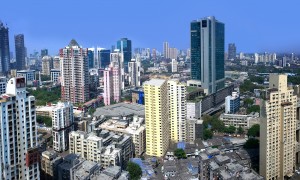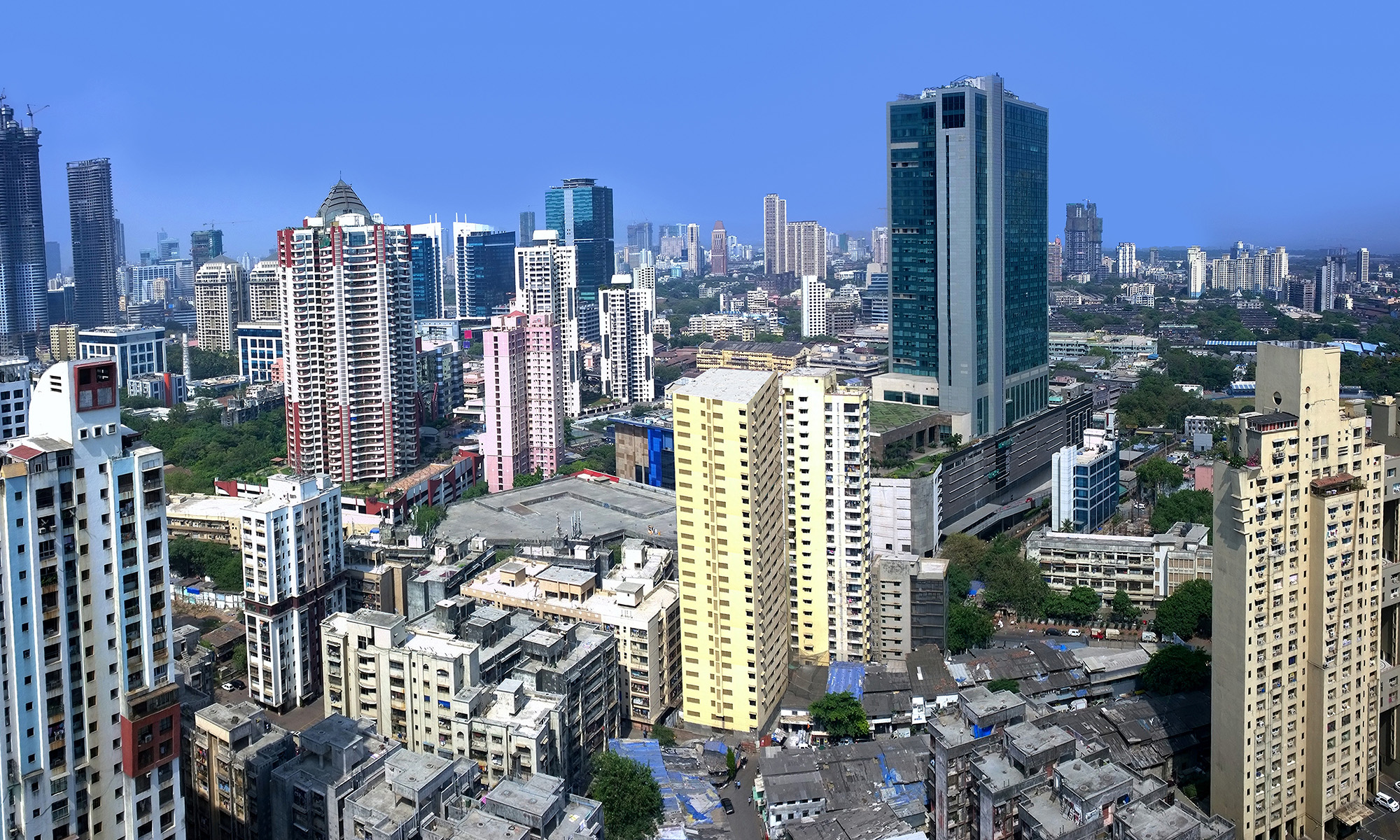Bottom Line: Contrary to the general perception of Mumbai’s limitation to grow sprawling, peninsular city has the potential to expand with the unlocking of MMR (Mumbai Metropolitan Region) land.
 Affordable housing and Mumbai often sound to be quite contradictory. The peninsular city with limited land parcels and load on the infrastructure often makes an urban planner fumble for offering any sustainable solution. Critics hence dismiss the very idea of affordable housing in the city. In Mumbai the development and growth of affordable housing has also been facing significant challenges owing to a gamut of fiscal, regulatory and urban issues.
Affordable housing and Mumbai often sound to be quite contradictory. The peninsular city with limited land parcels and load on the infrastructure often makes an urban planner fumble for offering any sustainable solution. Critics hence dismiss the very idea of affordable housing in the city. In Mumbai the development and growth of affordable housing has also been facing significant challenges owing to a gamut of fiscal, regulatory and urban issues.
Amongst all the various reasons, less access to available urban land, surging construction costs and various regulatory issues are the major limitations that have an impact on the mid-income group’s ability to invest in affordable homes.
However, despite the fact that the peninsular city has the limitation as far as expanding its boundaries are concerned, yet Mumbai is increasingly challenging its geographical limitations. The expansion of the city, not just vertically but horizontally of late, is enough to silence the critics. The urban sprawling in Mumbai could have been possible only through the expanding boundaries of the MMR.
Instead of getting saturated the city property market is showing the way forward with the new growth corridors emerging and thus taking the city property market beyond the conventional CBDs like Nariman Point and around. The rise and growth of new areas of MMR (Mumbai Metropolitan Region) is today shifting the load of urbanization from the main city centre.
It is hence also the time to evaluate whether expanding boundaries of MMR are the way forward to address the problem of affordable housing in the city. To put the issue in perspective, it is time to also evaluate as to whether the expanding MMR is the only option left to the urban planners.
Mumbai affordable solutions
Expanding MMR provides affordable housing options but should not be viewed as only option left
Policy incentive needed to bring down the pricing of houses in the main city centre
Rental housing can make housing affordable for the expat professionals
Better infrastructure and transportation can make far off locations viable for affordable homebuyers
MMR consists of seven municipal corporations and fifteen municipal councils in the area extending up to Navi Mumbai on harbour line, Ulhasnagar on central line and Virar on western line. There are various catalysts for the new growth in these areas, like if Navi Mumbai Airport is biggest trigger for the realty growth in Navi Mumbai.
Similarly on western line Virar area is getting better connectivity through improved local trains and metro extension and on the central line there are several developments lined up in Thane Ghodbunder Road, Kalyan and Ulhasnagar.
Rushank Shah, Director- Sales, Hubtown Limited says while addressing affordable housing issue by unlocking land parcels of extended MMR region would be one of the solutions, it will not be a complete solution. To ensure these parcels are utilized to create affordable housing, we need to look at the larger picture and address the issue holistically.
“It is not enough to create cheaper housing, we muse create affordable housing. I think this implies that we need housing that is not only cheap but is in ‘center locations’. These locations are today otherwise limited to high earners and not affordable for the majority of people who need affordable housing. This is why only unlocking land parcels in extended areas of MMR will not work,” says Shah.
Srinivasan Gopalan, Group CEO, Ozone Group feels in order to support and attain the ‘Housing for All’ by 2022, objective, the Development Plan has made provisions to open up added land for setting up of affordable housing projects, targeting to construct 0.5 million homes in Mumbai.
“More than 3000 hectares of land resources have been combined by clubbing the land falling under the No Development Zone (NDZ). These land reserves are located at major places in suburbs, central Mumbai and the island city. The DP has also planned an allowable FSI of 4.00 for the budget housing projects intended at getting down the percentile of land cost per housing unit. These norms proposed by the DP are in sync with the Central Government norms to give a major impetus to the supply of affordable housing supply in a metropolitan city like Mumbai,” says Gopalan.
Analysts suggest three ways to address the housing issue holistically in the city. Currently, due to various economic and other restrictions most affordable housing projects are in the outskirts of the city of on ‘inaccessible’ pieces of land. The true purpose of affordable housing is to create housing that is both cheap but is also in the right locations.
The first to address is pricing. It is critical to create an independent regulatory environment for affordable housing. This includes but is not limited to, an increase FSI, cheaper and easier finance. This will create supply side pressure on pricing. An increase in FSI will also compel developers to use more ‘valuable’ plots for this purpose.
The second is the rental market. The rental laws as formulated have ensured that rental housing in the MMR is amongst the lowest in the world. The correct impetus to developers to create and sustain ‘rental housing’ will allow people to stay in the right area at an ‘affordable” price.
Another way to ensure housing is affordable is to create new infrastructure and upgrade transport systems. Mumbai is doing the same, and one would see some more housing projects coming up in Andheri when Metro Phase III comes up.
In a nutshell, while the expanding boundaries of the MMR are one of the most significant catalysts to creation of affordable housing in the city, it is definitely not the only solution. It is time for the policy makers to address the issue holistically in order to create affordable housing in the job catchment locations.





